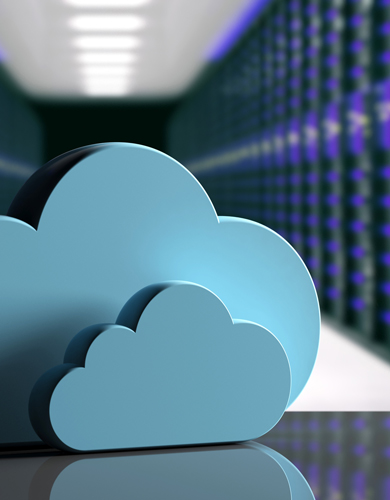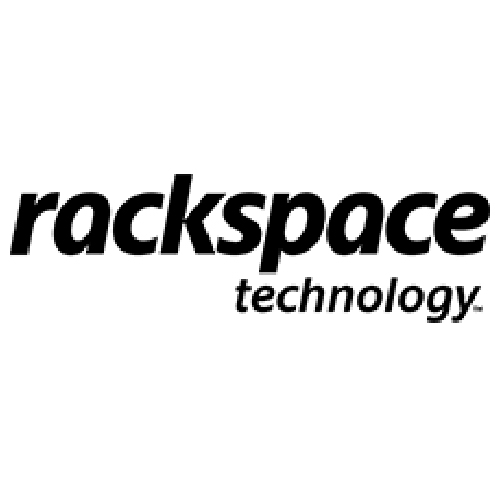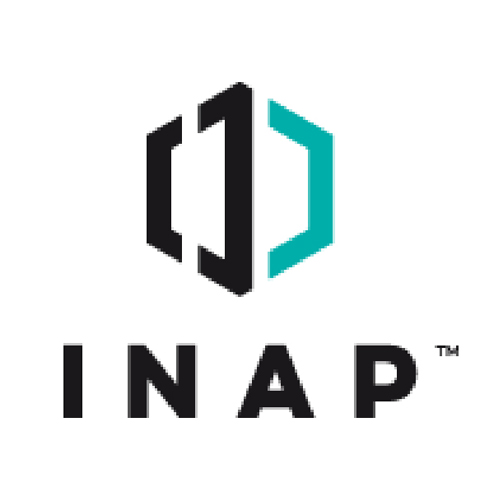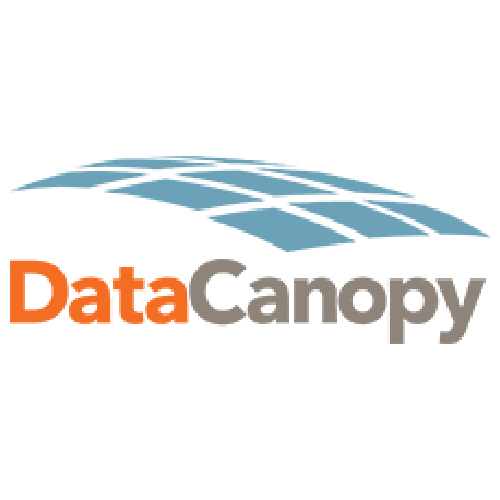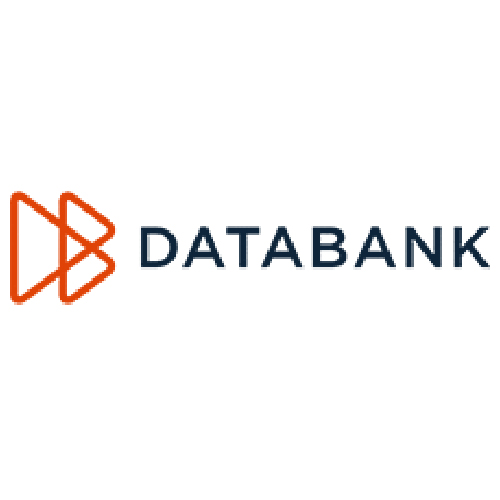Disaster Recovery as a Service
Protect Applications and Data from Disruption
Disaster Recovery is a cloud computing and backup service model that uses cloud resources to protect applications and data from disruption caused by disaster. DRaaS enables the full replication and backup of all cloud data and applications while serving as a secondary infrastructure. It actually becomes the new environment and allows an organization and users to continue with daily business processes while the primary system undergoes repair. DRaaS allows these applications to run on virtual machines (VM) at any time, even without a real disaster.
Disaster Recovery includes both business processes and technology. Technology recovery can occur at different levels: applications, systems, and data.
Applications can be restored on server systems for access through local or virtual infrastructures. Applications can also stream core application code from a centralized system with the presentation of the application on the guest device. Local resources such as printers, drives, and other network resources are available to the guest device. In either case, applications can be reinstated individually or as part of a whole system restoration.
Systems, which can include various server types, can be restored through use of backups taken prior to the outage.
Finally, the data is the information that either the applications or systems access. It too can be restored from backup at a point in time before the outage.
Is Disaster Recovery Right for My Organization?
- A Disaster Recovery plan is essential for any company that would be negatively impacted if it could not open its doors for an extended period of time.
- To quantify this, consider the economic impact that an hour of downtime can mean for your business. How much revenue will your company lose if your clients cannot get to your mission critical systems?
Key Terms
RTO
The recovery time objective (RTO) is the maximum tolerable length of time that a computer, system, network, or application can be down after a failure or disaster occurs. For example, if the RTO for a given application is one-hour, redundant data backup on external hard drives may be the best solution.
BCDR Plan
BCDR stands for Business Continuity / Disaster Recovery. The role of BCDR is to minimize the effects of outages and disruptions on business operations. Developing such a strategy is a complex process that involves conducting a business impact analysis (BIA) and risk analysis as well as developing BCDR plans, tests, exercises, and training.
RPO
A Recovery Point Objective (RPO) is defined by business continuity planning. It is the maximum targeted period in which data (transactions) might be lost from an IT service due to a major incident.
Backup vs DRaaS
There’s an important distinction between backup and disaster recovery. Backup is the process of making an extra copy (or multiple copies) of data. Disaster recovery, on the other hand, refers to the plan and processes for quickly reestablishing access to applications, data, and IT resources after an outage.
Key Benefits of DRaaS
Multisite
DRaaS is 100 percent cloud computing, because of this, resources are replicated to many different sites to ensure continuous backup in the event that one or more sites become unavailable.
Array Agnostic
DRaaS replicates any environment and does not favor any specific vendors or platforms.
Granular or Comprehensive
Depending upon the strategy, if not all of the customer data requires backup, an organization can reduce expenditures with flexible protection options.



